Innovative Developments in Engineering for Autonomous Systems
Data example
Research Areas
Autonomus vehicles (self-driving) using open-source control software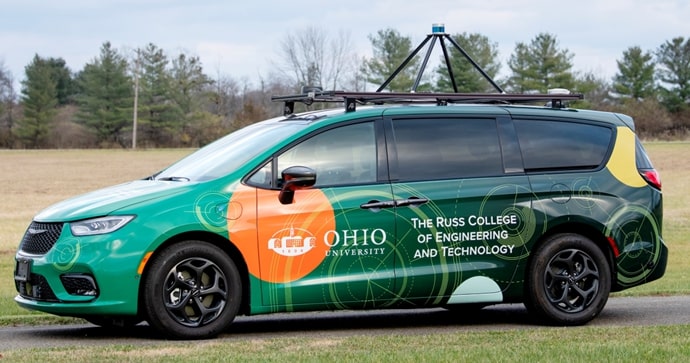
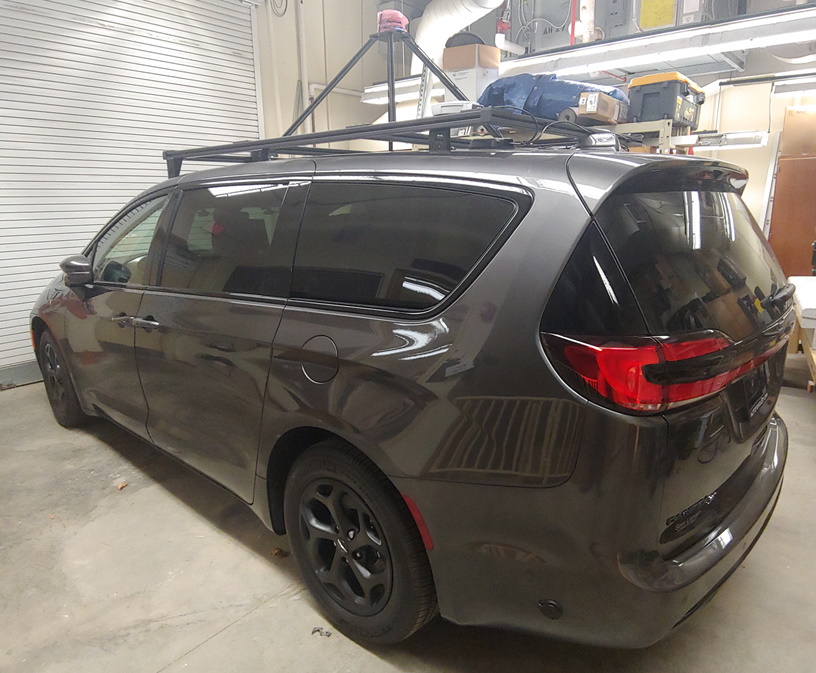
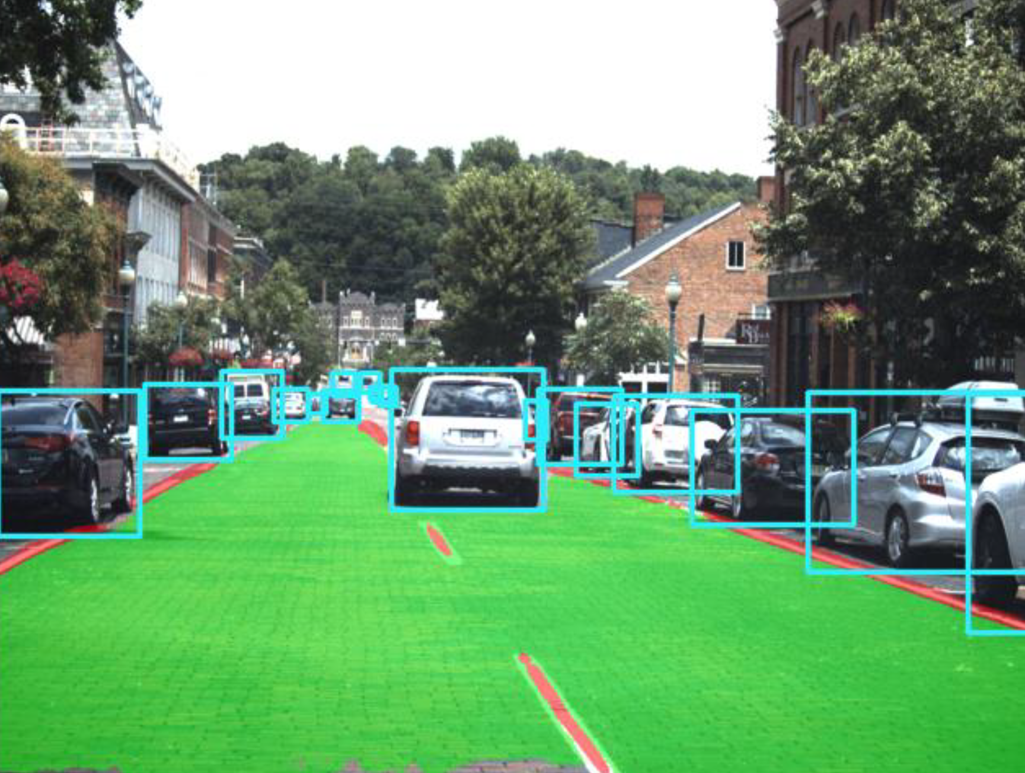
Small jet engine experimental upgrades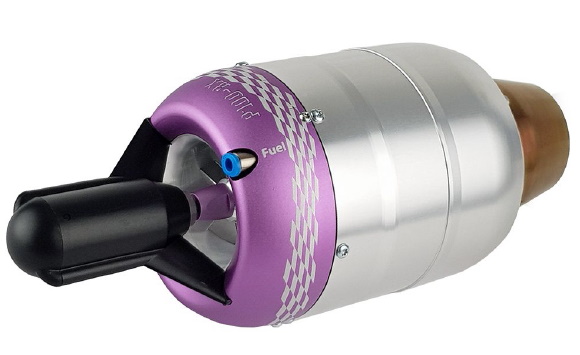
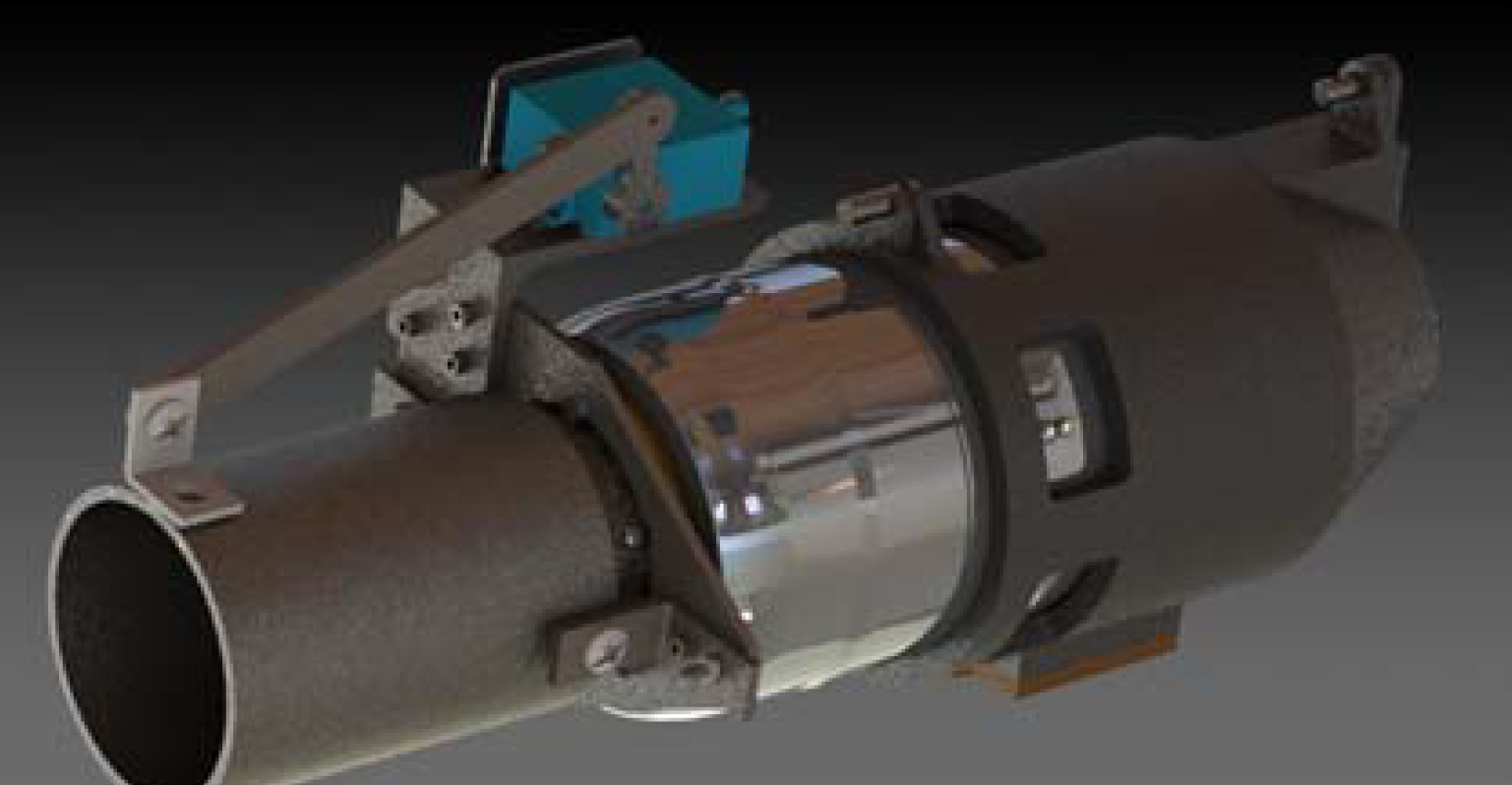
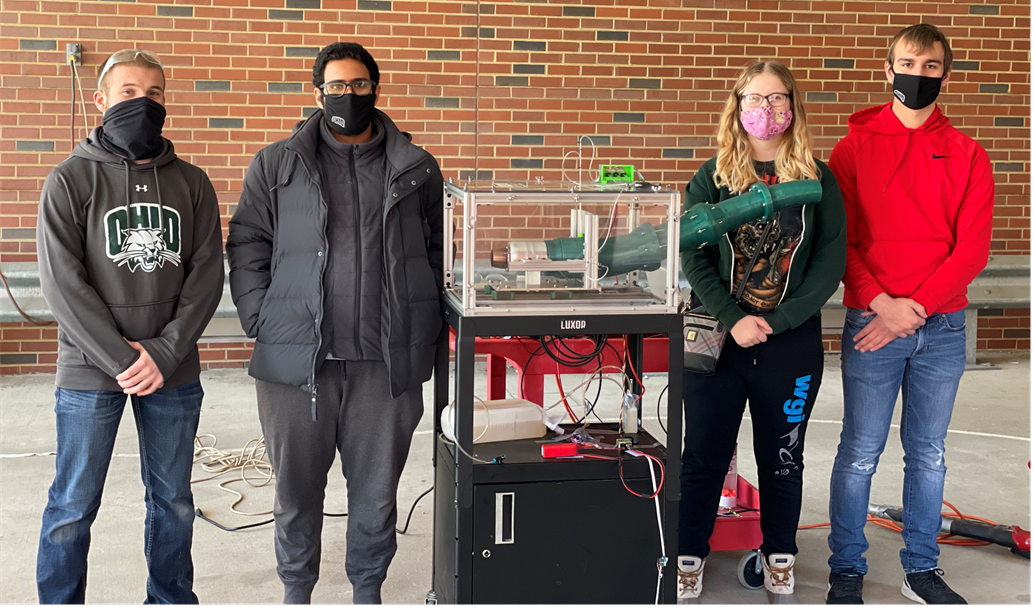
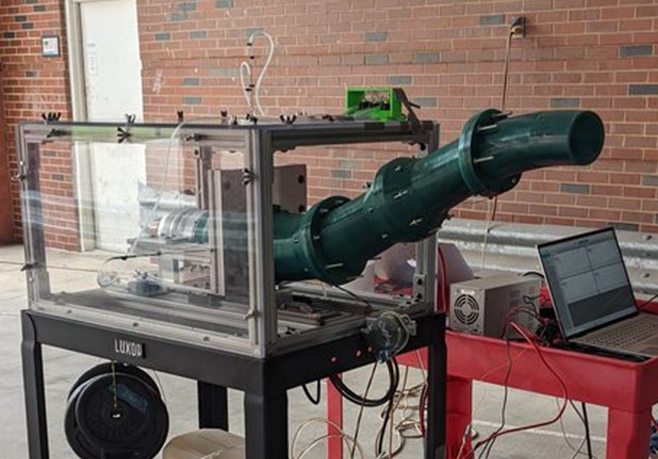
Gradient vector field guidance for optimium path following and obstacle avoidance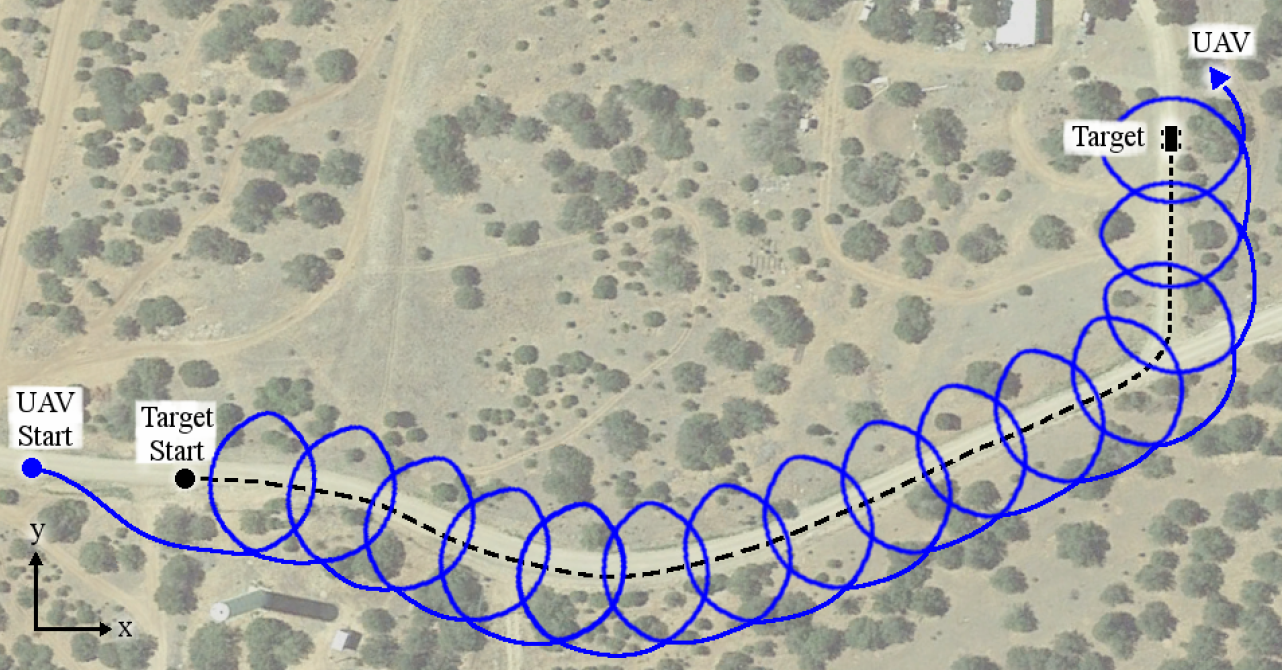
Uncrewed aerial vehicle collistion avoidance in real-timeBehavoir tracking devices, GPS and RFIDHybrid visual and LiDAR navigation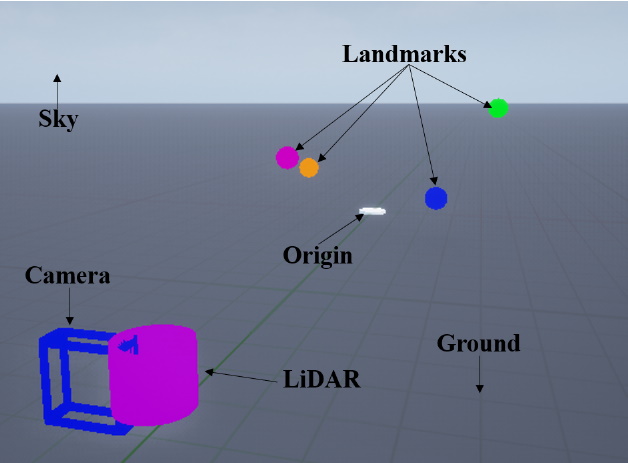
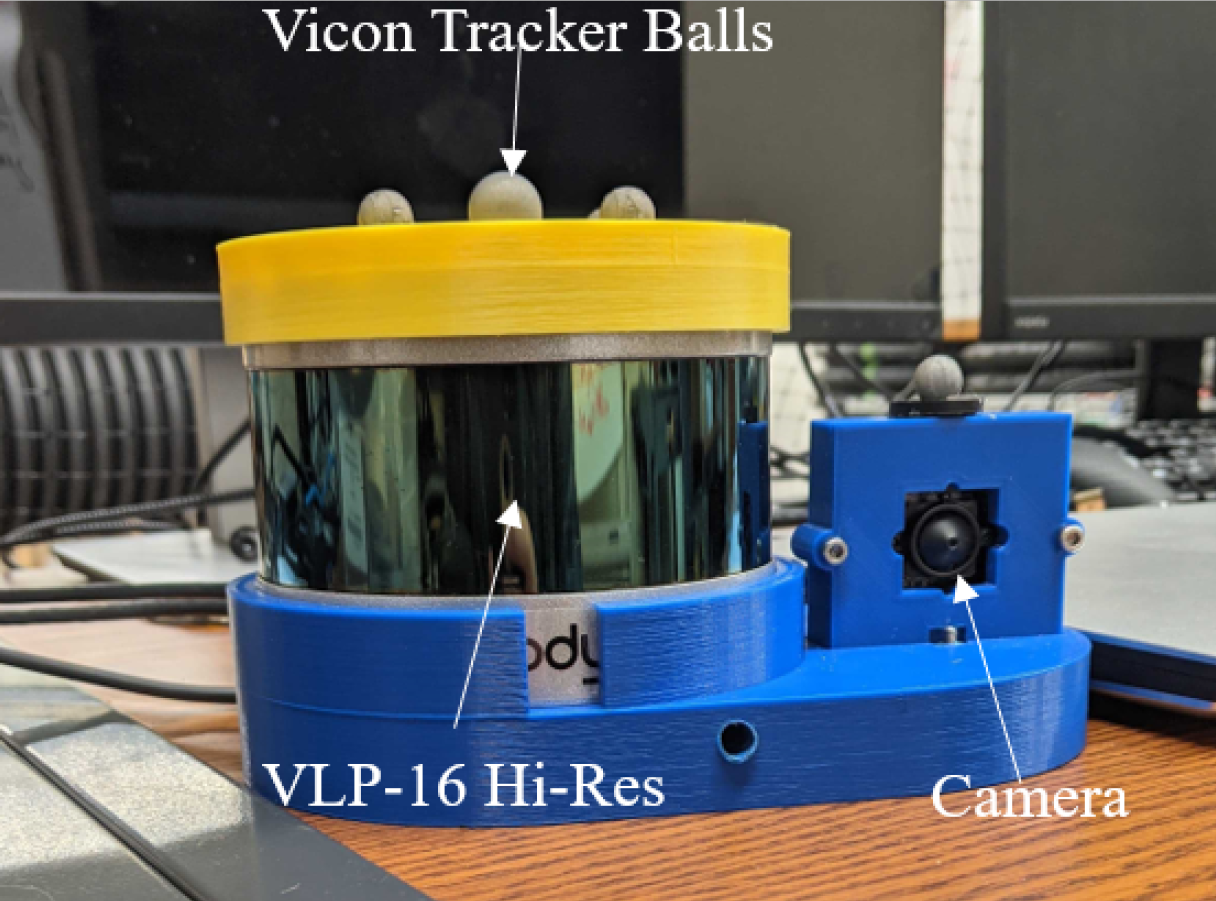
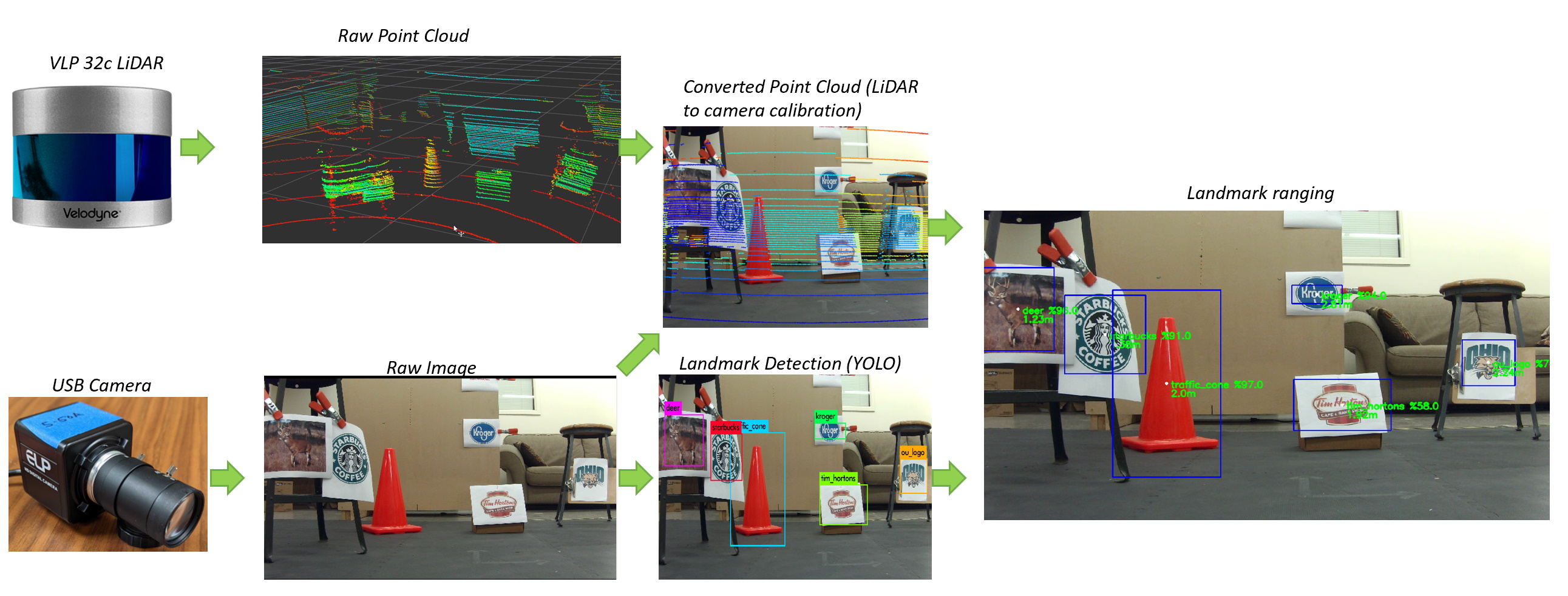
Hybrid projecticle, aerodynamics and controlGround effects for small propoellars, modeling and controlArtifical intelligence, path planning and attacker-defense-target evasion usingRobotic inside diameter pipe measurementWater sensor evaluationWind turbine active flow controlResearch Projects
Resilient and Secure UAS Flight Control - Ohio Federal Research NetworkAppalachian Smart Rural Autonomy and Mobility5G sensors for coal fired power plants - US Department of EnergyTargeting the gaps in the Autonomus Driving Systems - Ohio Department of Transportation/US Department of TransportationOWL-FEWS - National Science FoundationData Fusion for Navigation - US Air ForceOnboard Health Monitoring - US Air ForceOrganizations
AIAA ISTC
People
Jay Wilhelm, Ph.D., Associate Professor, Mechanical Engineering, Ohio UniversityCameron Roback, PhD StudentNathan Hawes, MSME StudentRobert Geng, MSME StudentRhett Huston, MSME StudentTravis Moleski, Ph.D. Student
Alumni:
Jeremy Browne, MSME StudentTheo Tuttle, MSME StudentJacob English, MSCS StudentGarret Clem, MSME StudentGine Eberhart, MSME StudentSheldon Blackshire, MSAE StudentJonathan Rojas, MSME StudentChris Gioja, MSME Student






















